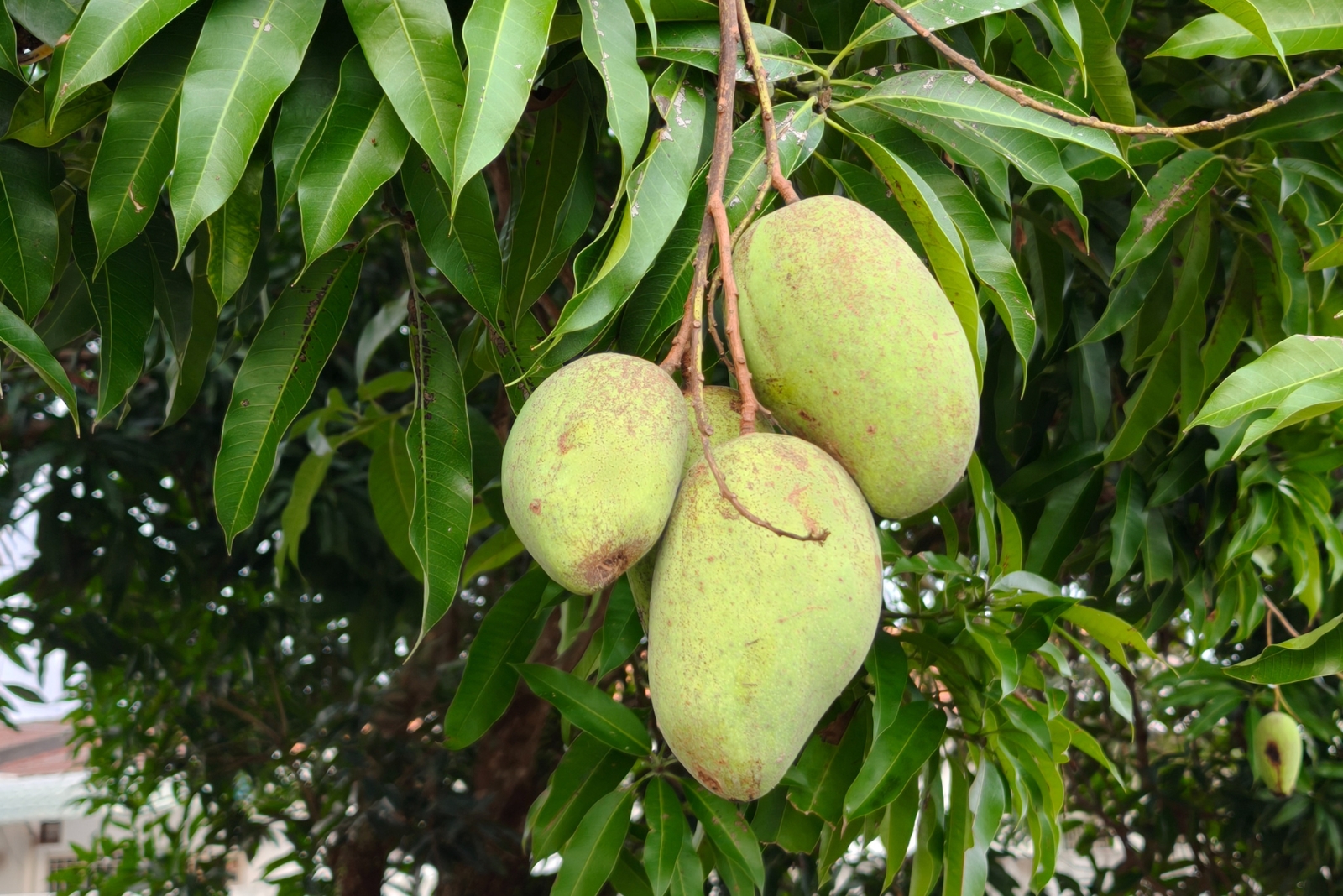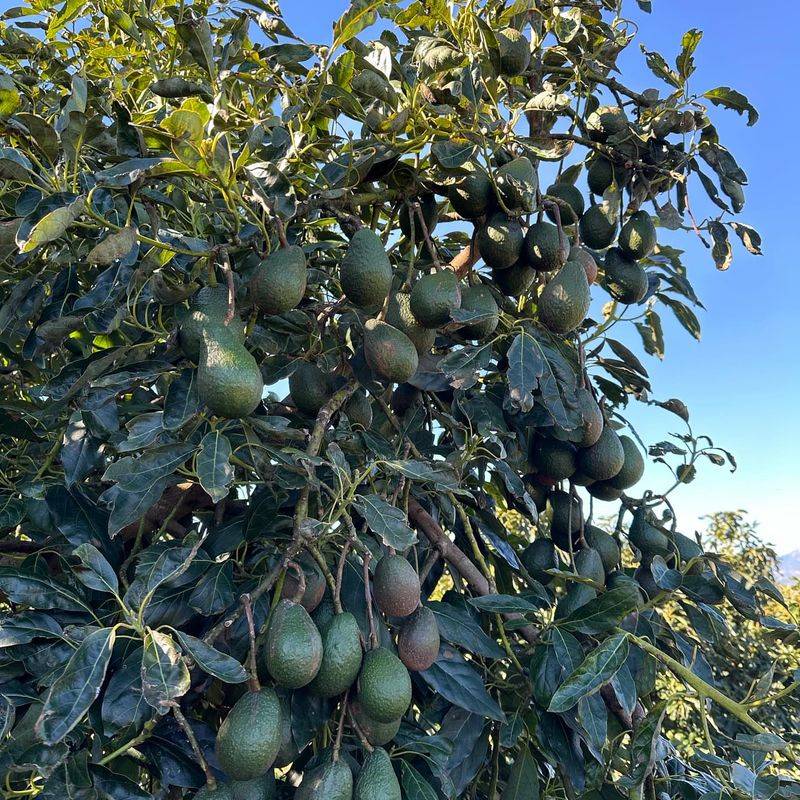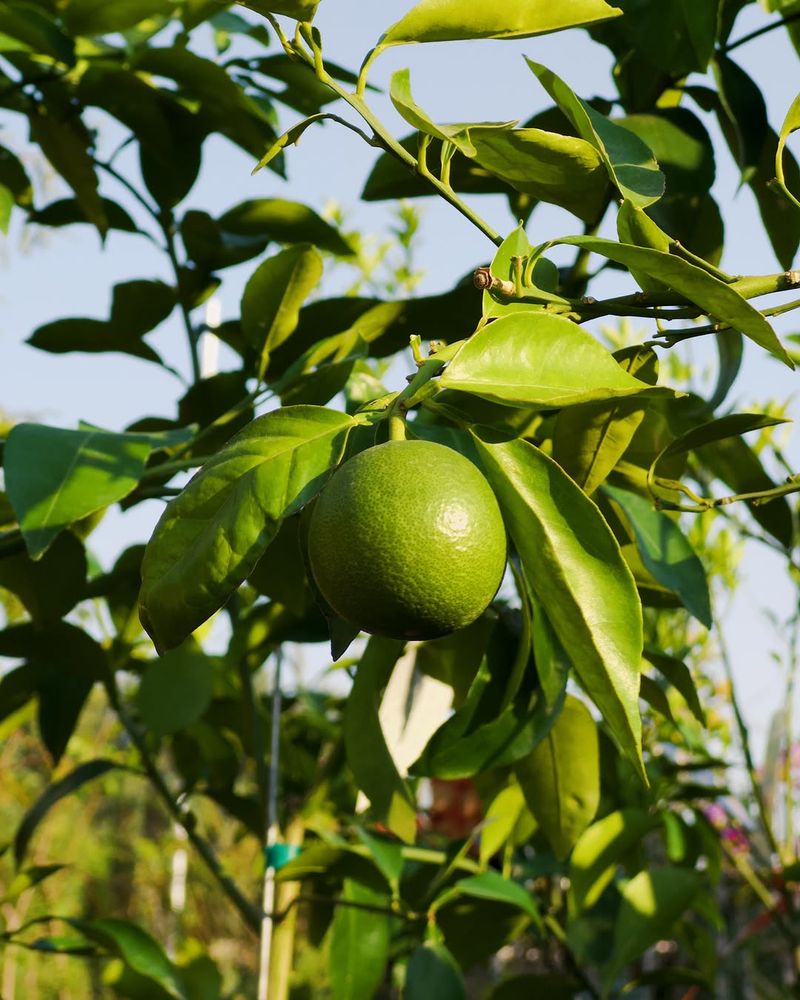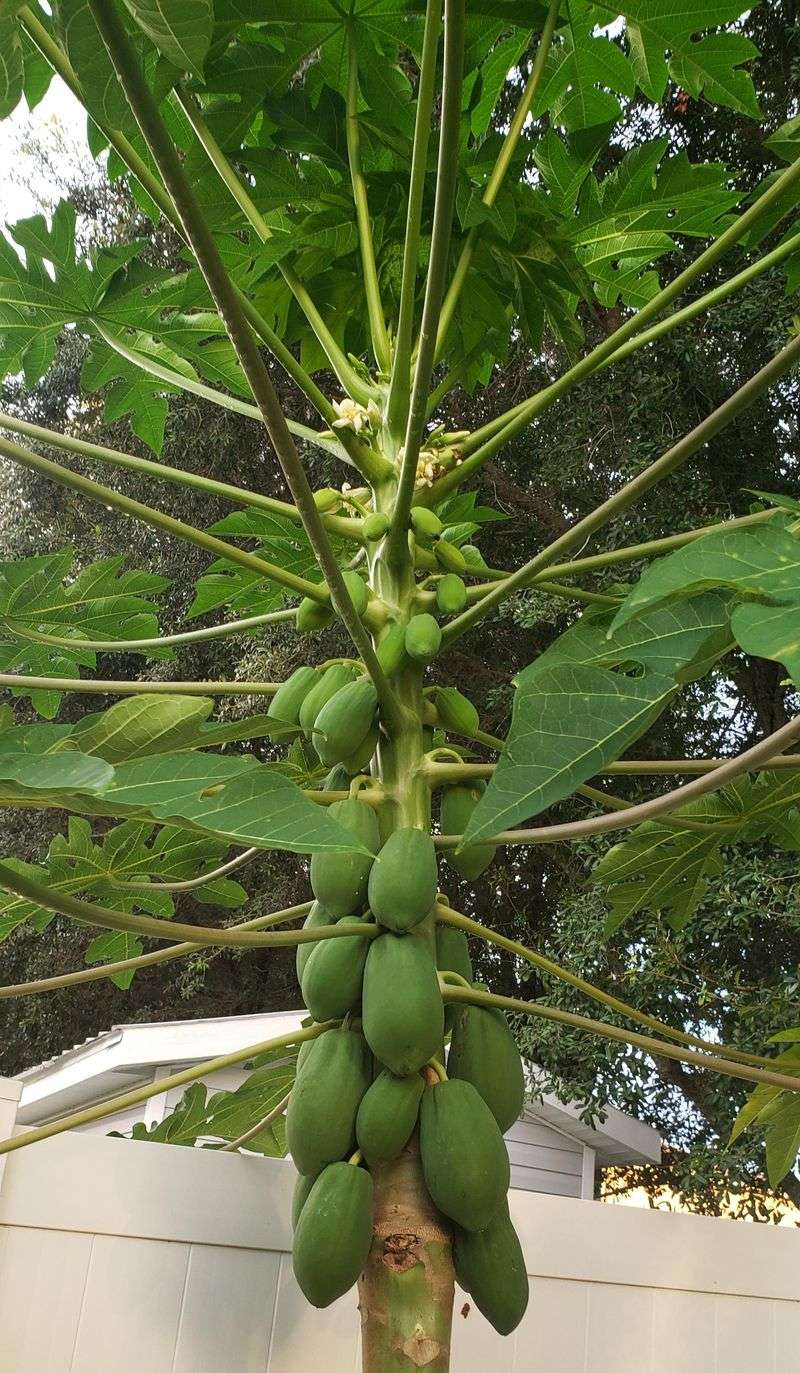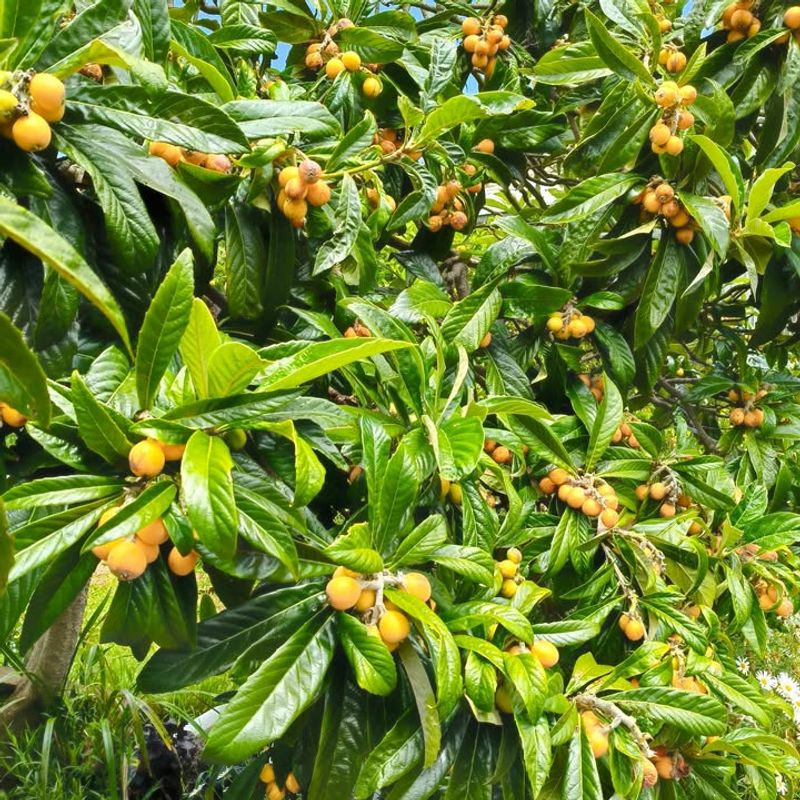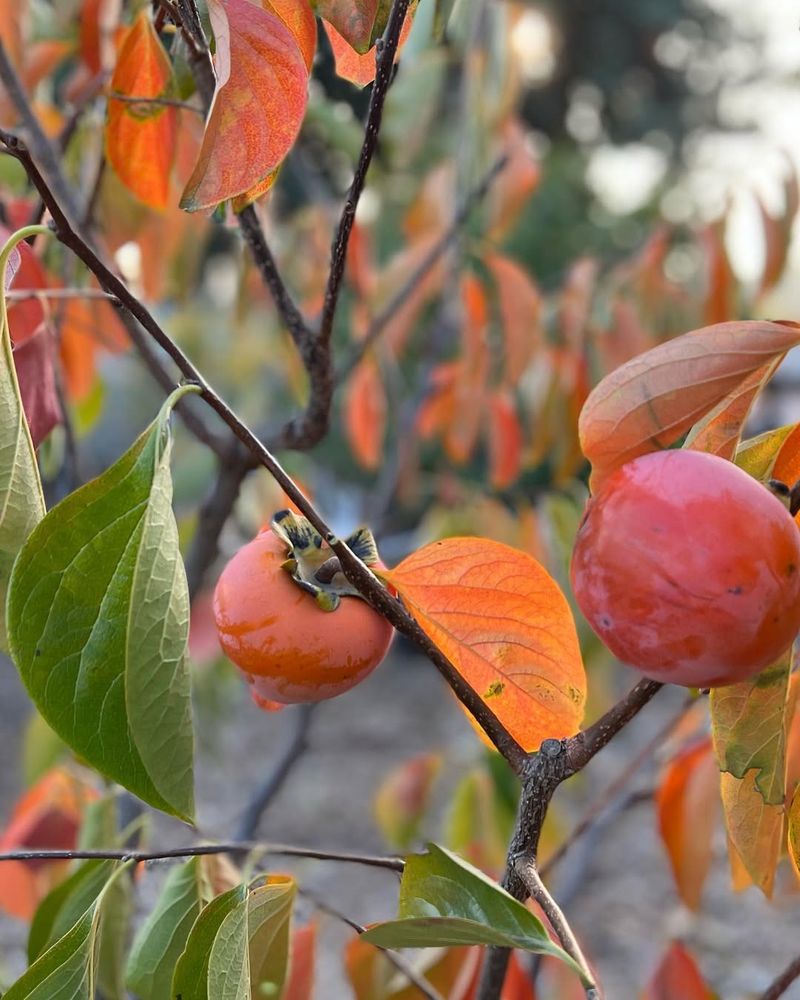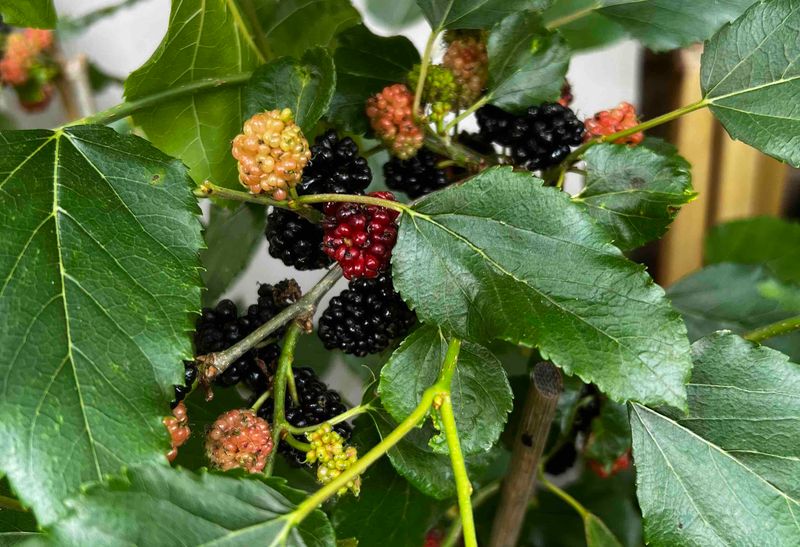Growing fruit trees in Florida’s sandy soil can feel like a guessing game until you finally learn which ones actually love those conditions.
I remember trying a few random picks and watching them flop before I figured out the winners. Once you plant the right trees, the whole yard suddenly feels easier to manage.
Let’s look at the ones that don’t just survive in sandy soil—they thrive.
1. Mango Trees
Mango trees absolutely love Florida’s warm climate and sandy soil. Once established, they need little maintenance and produce abundant fruit every summer.
Floridians have been growing mangoes for over a century, and varieties like Tommy Atkins and Kent thrive in well-drained sandy conditions. Plant them in full sun and water regularly during the first year.
After that, your tree will reward you with sweet, juicy mangoes perfect for snacking or smoothies!
2. Avocado Trees
Avocado trees are perfect for Florida gardeners who want fresh guacamole ingredients right at home. Sandy soil prevents root rot, which is crucial for avocado health.
Varieties like Lula and Monroe are specially adapted to Florida’s humid conditions and sandy ground. Space your tree away from buildings since they can grow quite tall.
Harvest season typically runs from summer through fall, giving you months of creamy, delicious avocados!
3. Citrus Trees
Florida is famous for citrus, and sandy soil is one reason why. Oranges, lemons, limes, and grapefruits all flourish in well-drained sandy conditions found across the state.
Citrus roots spread wide rather than deep, making sandy soil ideal for their growth pattern. Add organic matter annually to boost nutrition.
Your citrus trees will bloom with fragrant white flowers before producing tangy, vitamin-rich fruit throughout winter months!
4. Fig Trees
Fig trees are incredibly forgiving and adapt wonderfully to Florida’s sandy terrain. Brown Turkey and Celeste varieties produce two crops annually in warmer Florida regions.
Sandy soil helps prevent fungal diseases that can plague fig trees in heavier soils. These trees tolerate drought once mature, making them low-maintenance choices.
Fresh figs taste like candy straight from the tree, and they’re packed with fiber and natural sweetness for healthy snacking!
5. Peach Trees
Believe it or not, certain peach varieties thrive in Florida’s sandy soil! Low-chill varieties like Florida Prince and Tropic Beauty need fewer cold hours than traditional peaches.
Sandy drainage prevents the waterlogged roots that peach trees absolutely hate. Plant in late winter for best results across Florida.
Come early summer, you’ll be biting into juicy, homegrown peaches that taste infinitely better than store-bought ones!
6. Papaya Trees
Papaya trees grow incredibly fast in Florida’s sandy soil, often producing fruit within their first year. Their shallow root systems love the excellent drainage sandy soil provides.
Florida’s frost-free zones are perfect for these tropical beauties. Plant multiple trees for better pollination and larger fruit yields.
Papayas ripen year-round in southern Florida, giving you a constant supply of this enzyme-rich, digestive-friendly tropical treat!
7. Banana Trees
Technically giant herbs rather than trees, bananas absolutely flourish in Florida’s sandy conditions. Varieties like Dwarf Cavendish and Lady Finger produce sweet fruit in backyard gardens statewide.
Sandy soil allows their fibrous roots to spread easily and access water efficiently. Protect from cold snaps in northern Florida areas.
Watching your banana bunch ripen is incredibly rewarding, plus the tropical look adds serious curb appeal to any Florida property!
8. Loquat Trees
Loquat trees are underrated gems for Florida gardeners working with sandy soil. These evergreen trees produce sweet, tangy fruit in early spring when few other fruits are available.
Sandy drainage helps prevent root diseases that can affect loquats in clay soils. Florida’s mild winters allow the tree to flower and fruit reliably.
The apricot-flavored fruits are perfect for fresh eating, jams, or pies, and the tree provides year-round shade and beauty!
9. Persimmon Trees
Persimmon trees adapt beautifully to Florida’s sandy conditions, especially native varieties like the American persimmon. Sandy soil mimics their natural woodland habitat perfectly.
These trees tolerate drought and poor soil better than most fruit trees. Florida gardeners enjoy both American and Asian persimmon varieties.
Wait until the fruit is completely soft before eating to avoid that mouth-puckering astringency, then enjoy nature’s candy in autumn!
10. Mulberry Trees
Mulberry trees grow like weeds in Florida’s sandy soil, requiring almost zero maintenance once established. Both white and black mulberry varieties produce abundantly throughout spring and summer.
Sandy drainage prevents root problems while allowing these vigorous trees to spread their root systems freely. Florida’s long growing season means extended harvest periods.
Kids love picking and eating mulberries straight from the tree, and the berries make fantastic jams, pies, and smoothies!

